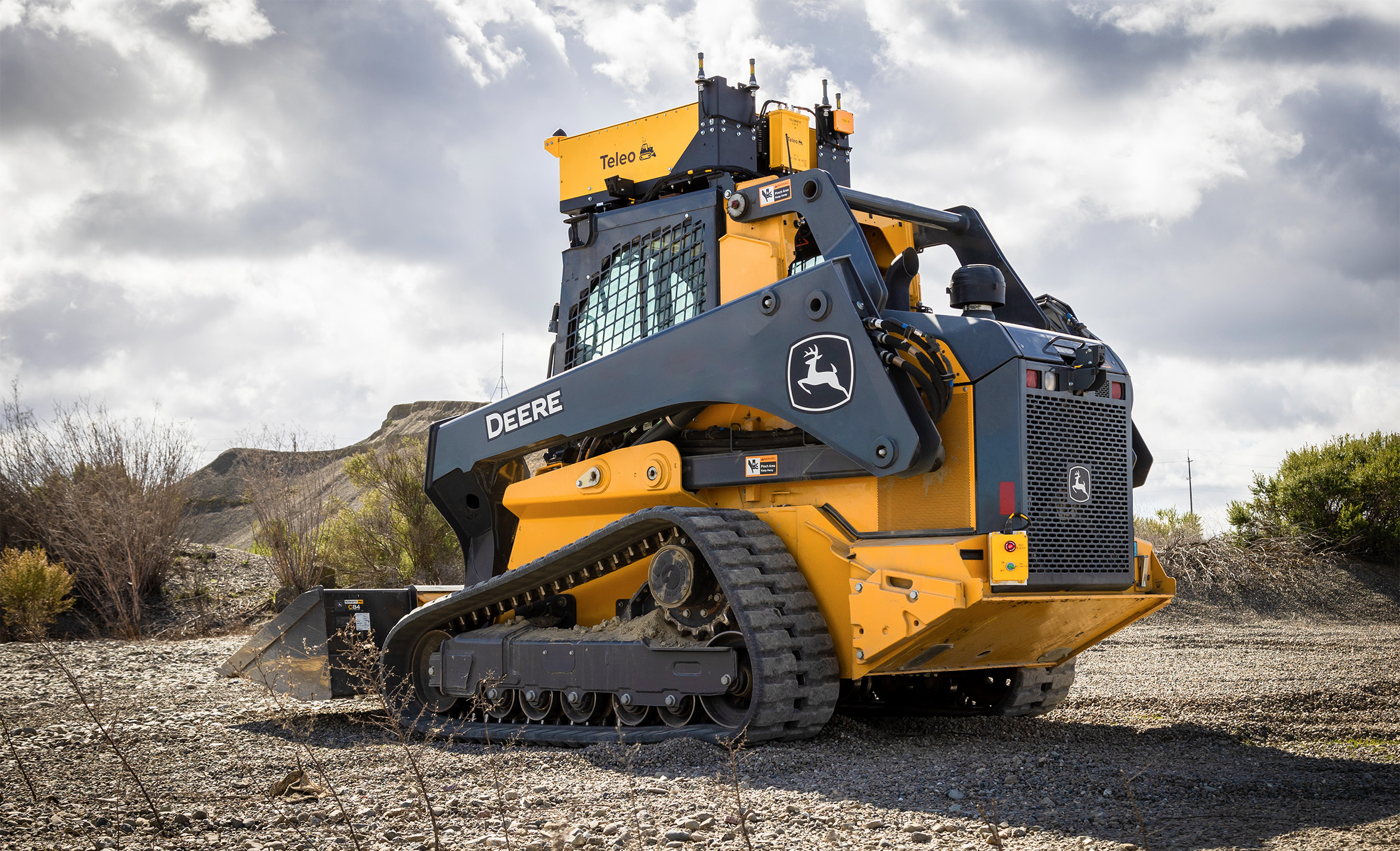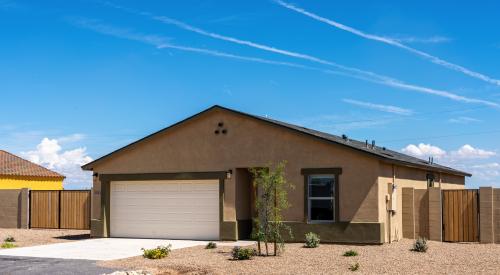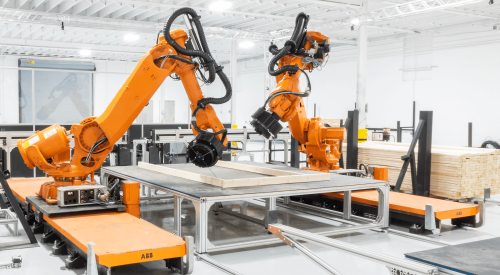After working for years on developing self-driving cars at Lyft, Vinay Shet came to a realization: Autonomous vehicle technology had not yet advanced to the point where fully self-driving cars can roam the streets. But Shet also realized that the technology has progressed enough to enable remote, semi-autonomous operations of heavy construction equipment.
“We believed we could take that technology into the construction space,” Shet says.
In 2019, Shet and Rom Clement, who also worked on Lyft’s autonomous vehicle tech, cofounded Teleo. Based in the Bay Area, Teleo retrofits existing heavy construction equipment that performs repetitive tasks—turning dozers, loaders, trucks, and other machines into remotely operated, semi-autonomous robots. Dubbed Teleo Supervised Autonomy, the technology can work with any make and model of heavy construction equipment.
In recent weeks, the company announced three customer deals. Teleo will retrofit wheel loaders to load a concrete plant for John Aarts Group, a Canadian integrated construction services company; bulldozers for a sand and gravel mine owned by Teichert, a California-based construction and materials company; and dump trucks on residential and commercial developments for Tomahawk Construction, a Florida-based excavation and site development company.
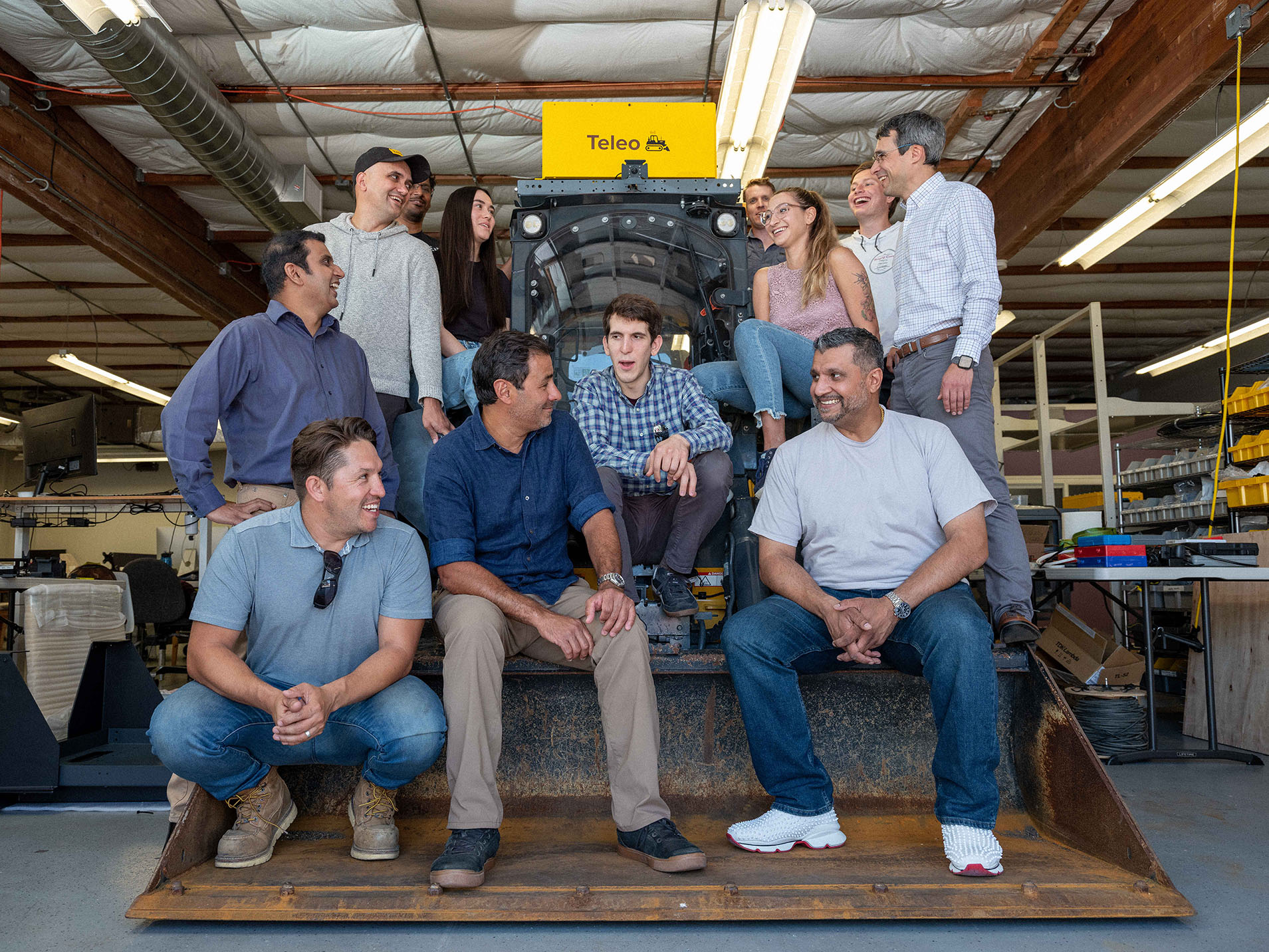
Teleo also announced that it plans to expand globally through a dealer partner network across the U.S., Europe, and Canada, with partners Dobbs Positioning Solutions, RDO Equipment Co., SMS Equipment Inc., and SR-O Technology.
Semi-Autonomous Solutions for Labor Shortage
Teleo aims to do much more than introduce trendy tech to the construction industry. Teleo’s technology can help the industry address its chronic labor shortage, Shet says. According to a 2022 survey conducted by the Associated General Contractors of America and Autodesk, a whopping 91% of construction firms say they have a hard time finding workers to hire, driving up costs and project delays.
“Every customer we speak with says their number-one problem is attracting and retaining labor. They have more work than people,” says Shet, Teleo’s CEO. Teleo can help with the labor problem in two ways, he explains.
First, he says, “We make the operator’s job more comfortable.” Instead of experiencing the harsh conditions of loud, constantly vibrating machines, operators run the equipment remotely—and more safely and comfortably—via a control center in an office. Which could help attract more people to the industry.
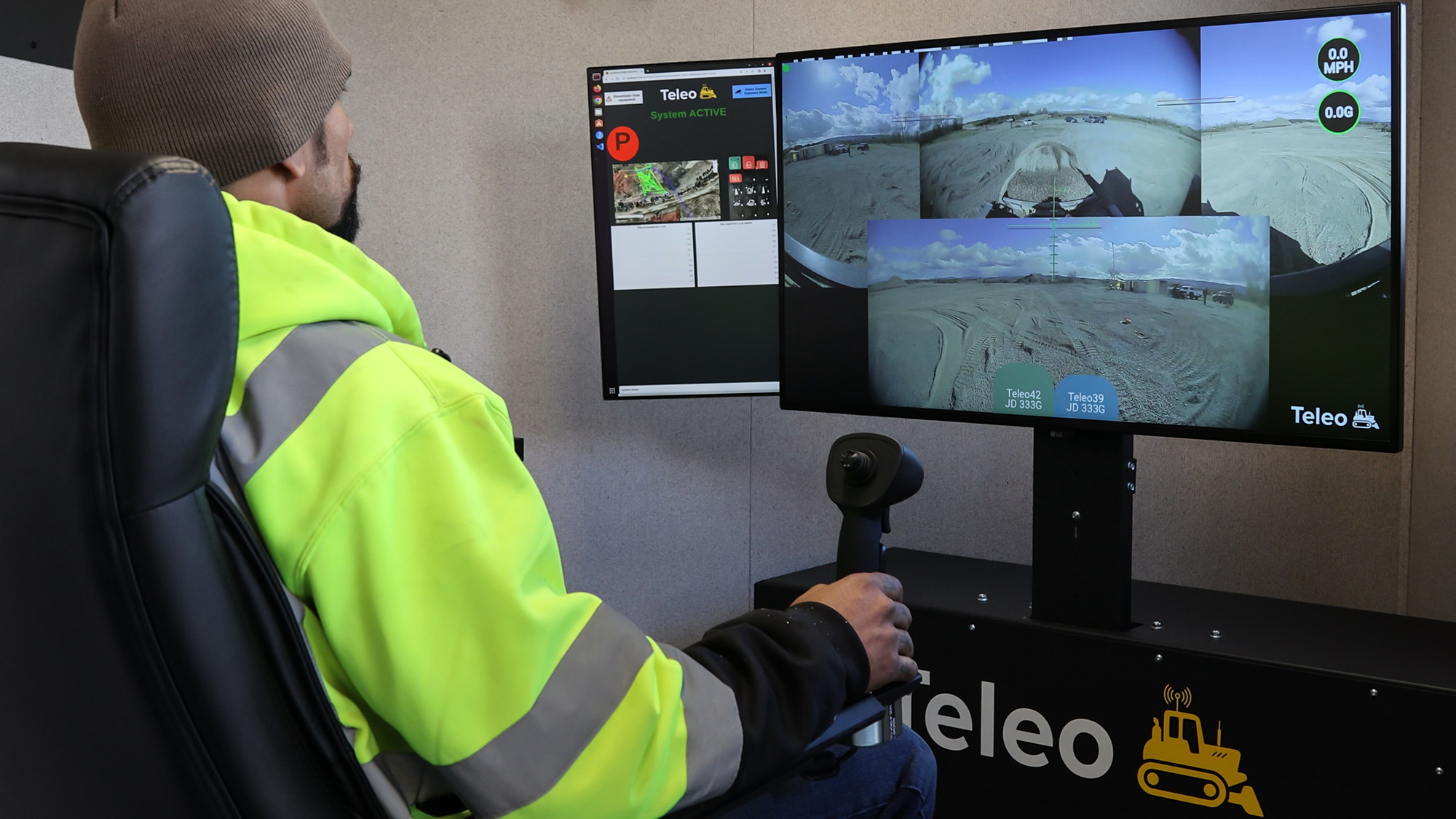
Second, in some situations, operators can put a machine into autonomous mode—if, for instance, the machine is simply traveling from point A to B. At the same time, the operator can remotely control a second machine. “This allows operators to be more productive,” Shet says.
Teleo’s retrofit involves placing cameras around the machine, providing a lot more visibility than workers would have if they were sitting in the machine’s cab. “The operator’s situational awareness increases dramatically,” Shet says. In addition, Teleo deploys an onsite mesh network that enables the machines to communicate continuously with the control center, which can be located in the customer’s office or on the job site.
The remote operators have the same control over the machine that they have inside it. And they can still run the machines manually. Teleo works with customers to identify the best use cases for its system and handles operator training and network implementation.
“We have had two trucks sitting around for 10 months without operators in them,” Scott Lyons, managing member, Tomahawk Construction, said in a statement. “With Teleo, more people will be attracted to this job because they can run trucks from our office and save hours of drive time to and from job sites. Due to the current labor market, we know going forward we need to do more with less. I believe the Teleo system is the vehicle to make that happen.”
See the process in action:


